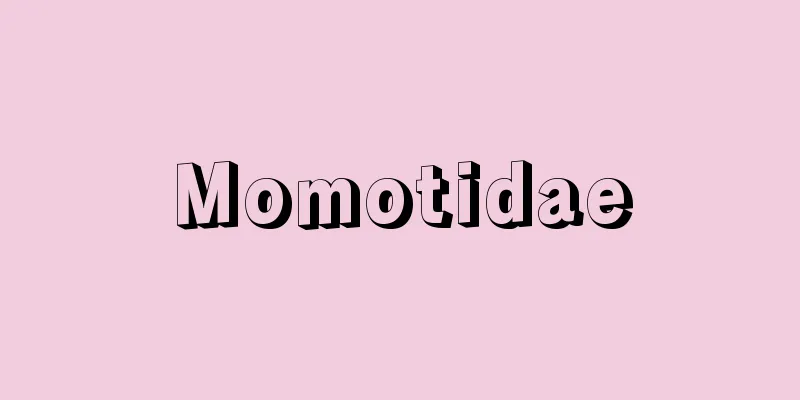Things for sale - things for sale

|
A type of Kabuki dance. A group of works that depict the customs of street vendors as dance. They have appeared in Kyogen since the Genroku period (1688-1704), but by the Horeki period (1751-64) they were incorporated into pure Shosagoto, and as dances changed and became popular in the Bunka and Bunsei periods (1804-30), many vendors appeared. At first, they appeared in Kyogen as Uiro vendors, Shirozake vendors, Shinobu vendors, and other types of vendors who hid their true status, but later they became dances that depicted the customs of the city in a scenic way. Source: Heibonsha World Encyclopedia, 2nd Edition Information |
|
歌舞伎舞踊の一系統。街頭を流す物売りの風俗を舞踊化した作品群。元禄(1688‐1704)ころから狂言の中にみえるが,宝暦期(1751‐64)になると純粋の所作事に採り入れられ,文化・文政期(1804‐30)の変化舞踊流行につれて,多くの物売りが登場する。はじめは,外郎(ういろう)売,白酒売,(しのぶ)売など狂言の中で,実際の身分を隠す〈やつし〉の姿の一つとして登場するが,のちには市井風俗を風物詩的に描写する舞踊となる。
出典 株式会社平凡社世界大百科事典 第2版について 情報 |
<<: Head of the household - Head of the household
Recommend
Naganori Asano
Lord of Ako Castle in Harima, 53,500 koku. Branch...
Ephesus Robbery Conference - Ephesus Robbery Conference
…An ecumenical council held in Ephesus, Asia Mino...
Colposcopy
…It was first used in European countries, mainly ...
Luo Shen Fu Tu (English: Luò shen fù tú)
This is a painting of the Luo Shen Fu (Fu of the G...
Darkroom - Anshitsu
A workroom required for handling and processing l...
Acute thyroiditis
...There are many diseases that can cause hyperth...
School Kendo
...The unification of styles, which was essential...
non-Darwinian evolution
...The theory proposed by Kimura Motoo (1968), JL...
Kashiwabara Plateau
...To the west of the crater plain is the central...
Praeneste (English spelling)
A city in the Latium region of ancient Italy. Toda...
Yerutsaboki - Yaritsuaboki
Founder of the Liao (Khitan) state in China (reig...
Branchiosaurus
...Piscivorous. It is closely related to the Caco...
Nitrococcus
...A general term for bacteria of the genera Nitr...
The Ten Kings (English: shi-wang-tu)
A depiction of the ten kings of the underworld des...
Zimbabwe [Ruins] (English spelling) Zimbabwe
The ruins of a huge stone building in the Republic...









